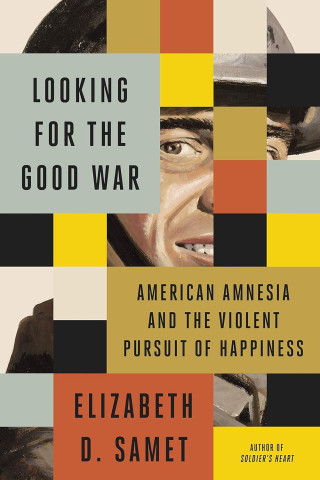What was the Second World War about? According to Allied leaders, that wasn’t a hard question. “This is a fight between a free world and a slave world,” U.S. Vice President Henry Wallace explained. It is “between Nazidom and democracy,” Winston Churchill said, with “tyranny” on one side and “liberal, peaceful” powers on the other.
Would that it were so simple. The Allies’ inclusion of the Soviet Union—“a dictatorship as absolute as any dictatorship in the world,” Franklin D. Roosevelt once called it—muddied the waters. But the other chief Allies weren’t exactly liberal democracies, either. Britain, France, the Netherlands, Belgium, the United States, and (depending on how you view Tibet and Mongolia) China were all empires. Together, they held, by my count, more than 600 million people—more than a quarter of the world—in colonial bondage.
This fact wasn’t incidental; empire was central to the causes and course of the war. Yet the colonial dimensions of World War II aren’t usually stressed. The most popular books and films present it as Churchill did, as a dramatic confrontation between liberty-loving nations and merciless tyrants. In the United States, it’s remembered still as the “good war,” the vanquishing of evil by the Greatest Generation.
That understanding works—sort of—when war stories focus on Adolf Hitler’s invasions of sovereign states in Europe. It falters, however, when they center on the Pacific. There, the Japanese targeted colonies, seizing them under the banner of “Asia for the Asiatics.” The Allies beat Japan back, but only to return Burma to the British and Indonesia to the Dutch—Asia for the Europeans.
The Pacific clash over colonies reveals a greater truth about the Second World War. Or such is the contention of Richard Overy, one of the conflict’s most distinguished historians. After writing some 20 books about the war, focused mainly on Europe, Overy has widened his scope. His new book, Blood and Ruins: The Last Imperial War, 1931–1945, 1,000 pages long, refuses to treat the Pacific as “an appendix,” as histories often do. Rather, it sees World War II as a truly “global event.”
In that light, one thing becomes clear. Whatever else the Second World War was about, it was, on both sides, a war for empire.
What impelled Germany, Japan, and Italy on their conquering missions? Given how reckless and ruinous their belligerence was, pathologizing it is easy. Madness clearly abounded in the high command, but three countries going insane in the same way at the same time isn’t exactly a satisfying explanation. A better one, Overy suggests, lies further in the past.

